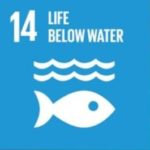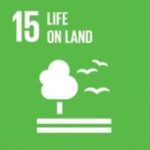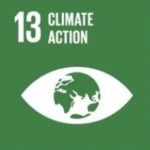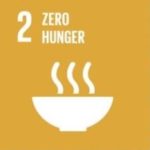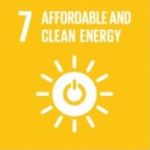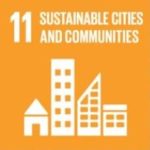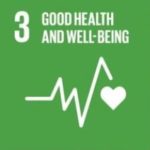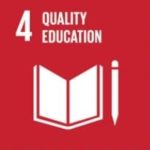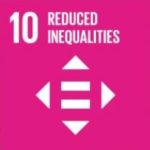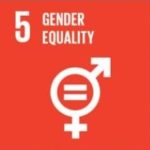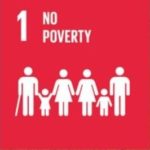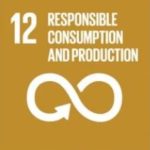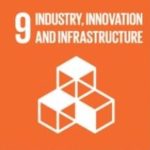A translation of a recent article published in ‘La vie économique’ a Swiss publication from the Secretariat d’Etat a l’economie, SECO
For the U.N. Sustainable Development Goals (SDGs) to be reached, business has to shift its strategic perspective. Interconnected Web‐tools such as the GAPFRAME.org can help companies in this perspective change.
The launch of the GapFrame.org online platform represents a bold attempt to provide a normative framework to answer two related questions: what are the biggest sustainability challenges in our country and what does it take for us to contribute to a world where everybody lives well on one planet? The Gap Frame translates the SDGs so that government and business can take action. But what is really needed so that business becomes a force for good? Building on the need to shift from inside-out to an outside-in perspective, the article investigates three challenges on an individual, organizational and societal level to make enable such a shift and offers insights of relevant tools. The circle model offers an integrative approach to the transformational challenges so that the Global Agenda for 2030 can be realized. The article concludes with levers of change for the three challenges.
The Sustainable Development Goals (SDGs) represent the globally negotiated and broadly accepted agreement of our Grand Challenges until 2030. The SDGs are formulated into 17 Global Goals (see Figure 1). How does business react to these SDGs? On the upside, there is increasing awareness among business leaders that the SDGs represent a “billion dollar investment opportunity” 1 for businesses as the SDGs provide a strategic outline for innovation and where new markets will emerge as a result of needs that are currently under addressed. On the downside, these opportunities are not obvious and organizations can be tempted to use the SDGs to merely showcase how existing business activities, contribute to the 17 global goals. While such examples are important, they further accentuate the “big disconnect” of business doing a lot of good while at the same time the state of the world is deteriorating. It is critical to enable business to quantum leap from focusing predominantly on its current activities and considering the SDGs as just another reporting requirement instead of the long‐term source of innovation and success while serving society and the world.
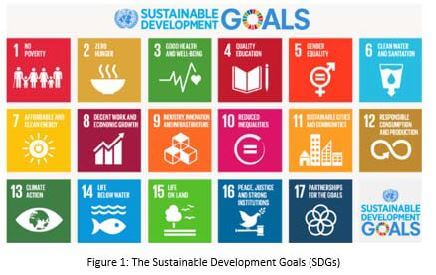
The “inside‐out” Perspective is no longer sufficient
What is needed so that business can indeed become a force for good to society and the world? In order toachieve the full potential the SDGs present for business, we need efforts of Corporate Social Responsibility (CSR) and Corporate Responsibility (CR) to advance so that business becomes “truly sustainable” 2. In course of the this decade, most large organizations have been required to adapt their business model towards a refined shareholder model, thus shifting their perspective beyond the short‐termism imposed by a pure shareholder maximization focus. Such a first step of considering sustainability in business has been inspired by CSR developed in the 80s and 90s. Triple bottom line thinking has been inspired by a broader CR thinking and has resulted in a number of leading multinationals, such as Unilever, to engage in a further integration of sustainability in their business, creating triple bottom line value for multiple stakeholders. Yet, these “inside‐out” perspectives of how business operates in the world are no longer sufficient. Unless business shifts its perspective to an “outside‐in” view and takes the SDGs as the starting point for product development and value creation, it will not maximize its potential of being a force for good.
The three challenges of shifting from “inside‐out” to “outside‐in”
Adopting such an “outside‐in” perspective in order to become “truly sustainable” means that a company starts by understanding the burning issues in the region it operates (see Figure 2). The first challenge relates to lacking or confusing information about what these issues might indeed be. Initially, the SDGs seem focused more on issues that concern developing countries than developed countries, leaving organizations quite puzzled in the maze of information around global challenges. In a second step, a company identifies its core competencies and resources to find new innovative ways to apply these to solve the Grand Challenges, creating future services and products that both serve society and the world, and ensure its economic wellbeing. This second challenge relates to how a company identifies strategic opportunities beyond its current markets and clients. It also challenges the decision‐making process of a company, in particular regarding strategy development as a more continuous and emergent process, as compared to top‐down and periodically. Third, as the company discovers new applications of its core strengths, it will also identify new partners in new sectors and industries to work with in co‐creating solutions for the SDGs. This third challenge relates to additional leadership competencies required to being able to manage beyond traditional company boundaries and includes know-how in working with institutions that have other interests, priorities and definitions of success.
I – we – all of us
There are various tools available to deal with these important challenges separately. The real challenge here is the need for an integrated approach of the three key challenges that are need to be overcome when shifting from “inside‐out” to “outside‐in” perspective in order to truly solve the SDGs. It is helpful to consider these three challenges as three different dimensions of engagement as referred to when discussing global responsibility: the “I – we – all of us” (see Figure 2). There is the individual level that addresses the leadership dimension discussed as the third challenge (the “I”), the group level addresses the organizational dimension identified as the second challenge (the “WE”), and the Grand Challenges or issue‐related challenges reflects the larger societal dimension of the first challenge (the “ALL‐OF‐US”). These three dimensions are interconnected and interdependent. Wanting to change one dimensions often implies the necessity to change and amend the others. It is important to work with tools that are designed so that they address not only each challenge individually but enable a further three‐dimensional transformation across all three challenges.

Three levers of change to enable this transformation
The need to understand the true opportunity of the SDGs using an outside‐in perspective The SDGs are the opportunity for mankind to get back on track regarding how we live together, how well we live and how to live on this planet. It is also a golden business opportunity for organizations with the innovation power and appetite to build business solutions for these Grand Challenges. Concretely, we need co‐creative processes to develop such new social innovations for stakeholders to engage as equals. Second, we need a snapshot overview highlighting priority issues to be tackled country‐by‐country, as a starting base for such multi‐stakeholder conversations to ensure viable business solutions to solve our Grand
Challenges (see Figure 2).
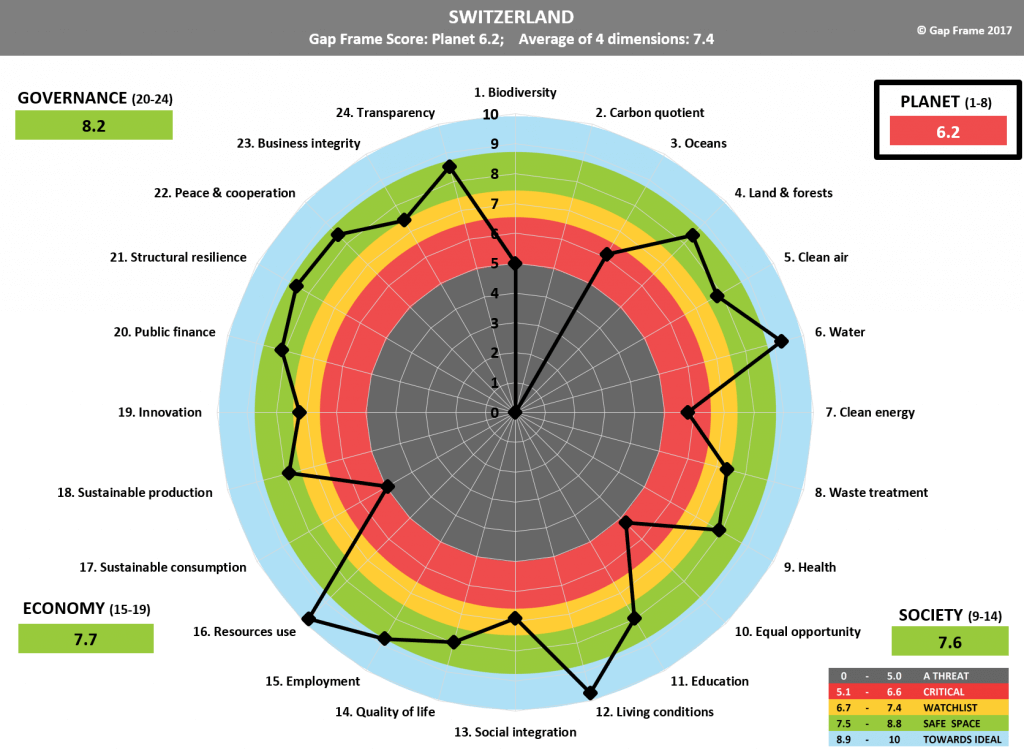
The need of a practical strategy tool to translate SDGs into such business opportunities
For companies of any size to truly embrace these “outside‐in” long‐term opportunities, there are important challenges to be overcome to consider and apply strategy in such a new way. There are two levers of change for a company to engage outside of its organizational boundaries and introduce resulting opportunities within its structure. First, its executive team needs to acquire the competencies to embrace the “outsidein” view as a new strategic process. Second, the organizational structure needs to become adaptive to such outside‐in change and to enable such change. This can be achieved by distributing the power from few to many and by implementing the principles of self‐organization so that the internal structure can match the
speed of change of the external environment in which the company operates.
The need for responsible leadership competencies to cooperate outside business boundaries
The emergence of truly responsible leaders at any level of any organization is closely connected with the personal journey of people to become engaged citizens and their ability to hear and to express their inner purpose and values of who they are and what they do, both at home and at work. While the personal development journey belong to every individual and can hardly be generalized, let us focus on two levers in the context of work. First, the continuous friction of an individual daring to bring more of herself to work can create a powerful sensemaking journey for an individual. Second, the possibility to align what matters to an individual with her professional activity and the purpose of the organization will translate into an increasing appetite and capacity to help the company to align its purpose with its role in society and the world. Experience in social innovation has shown that spaces where these three dimensions can interact and build on each other, can generate multi‐level transformations. Such moments are created when an empowered individual (the I) is representing her
company (the we) in a multi‐stakeholder process geared to solve a problem she truly cares for (the all‐ofus). Nothing less than the miracles that occur as a result from such alignment of the “I – WE – ALL OF US” are what is needed to get us to a place where the SDGs become history and we are all living well on our one planet.
Footnotes:
1 Business and Sustainable Development Commission (2017): “Better Business Better World report”, London, accessed April 28, 201 on http://report.businesscommission.org/uploads/BetterBiz‐BetterWorld.pdf
2 Dyllick, Thomas and Muff, Katrin (2016) – see literature
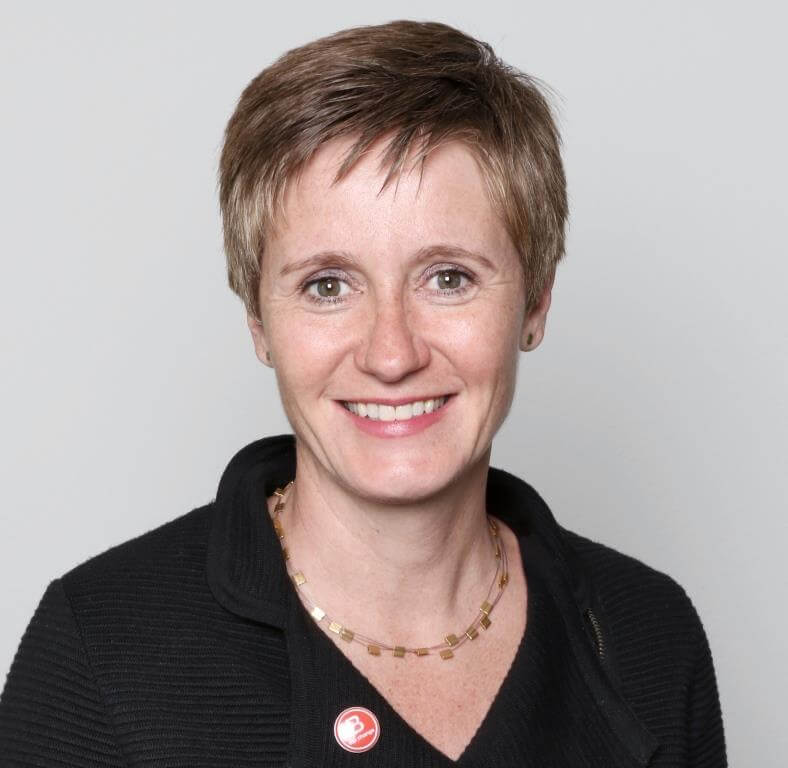
Katrin Muff
Active in Thought Leadership, Program Lead & Prototype Consulting in the areas of Sustainability, Responsibility & Transformation, Business School Lausanne, Chavannes-près-Renens
Interrelated tools for the three challenges
The societal dimension: The GapFrame.org online platform offers a tangible translation of the SDGs into a set of national priorities that offers a starting point for any institutions (government, non‐government or business) to adopt an “outside‐in” perspective and focus on a relevant issue in the region in which it is active. New, co‐creative processes for multiplestakeholders such as the Collaboratory are required to create a space for such innovations.
Organizational dimension: A company faces two parallel challenges in adopting an outside‐in perspective: first, a revision of its strategy process from a traditional top‐down approach to an ongoing fluid bottom‐up strategy adaptation process. A related SDG strategy tool is being prototyped by five Swiss businesses in 2017. Second, a review of how the company effectively organizes around a purpose. New options in the area of self‐organizations such as Holacracy offer new alternatives to existing hierarchies.
Individual dimension: Everybody can become a leader. The Competency Assessment of Responsible Leadership (CARL) offers a free online tool to assess these competencies both in educational processes, in companies and among social entrepreneurs.
Literature:
Dyllick, Thomas and Muff, Katrin (2016): “Clarifying the meaning of Business Sustainability – from business-as-
usual to true business sustainability”, Organization Environment, Vol 29-2, 2016, p. 156-174
Muff, Katrin (2017): “How the Circle Model can purpose-orient entrepreneurial universities and business
schools to truly serve society”. Journal of Management Development, Volume 36 no. 2, p. 146-162
Muff, Katrin, Kapalka, Agnieszka, Dyllick, Thomas (2017): The Gap Frame – Translating the SDGs into
relevant national grand challenges for strategic business opportunities. International Journal of Management
Education, Volume 1, no. 21, pp pending publication
Muff, Katrin, Liechti, Anna, Dyllick, Thomas: “The Competency Assessment for Responsible Leadership
(CARL): Consolidating the responsible leadership discourse into an operationalized definition and an online
tool for practice and education”, in review process – copy available upon request through
katrin.muff@gmail.com
VIEW/DOWNLOAD ARTICLE
